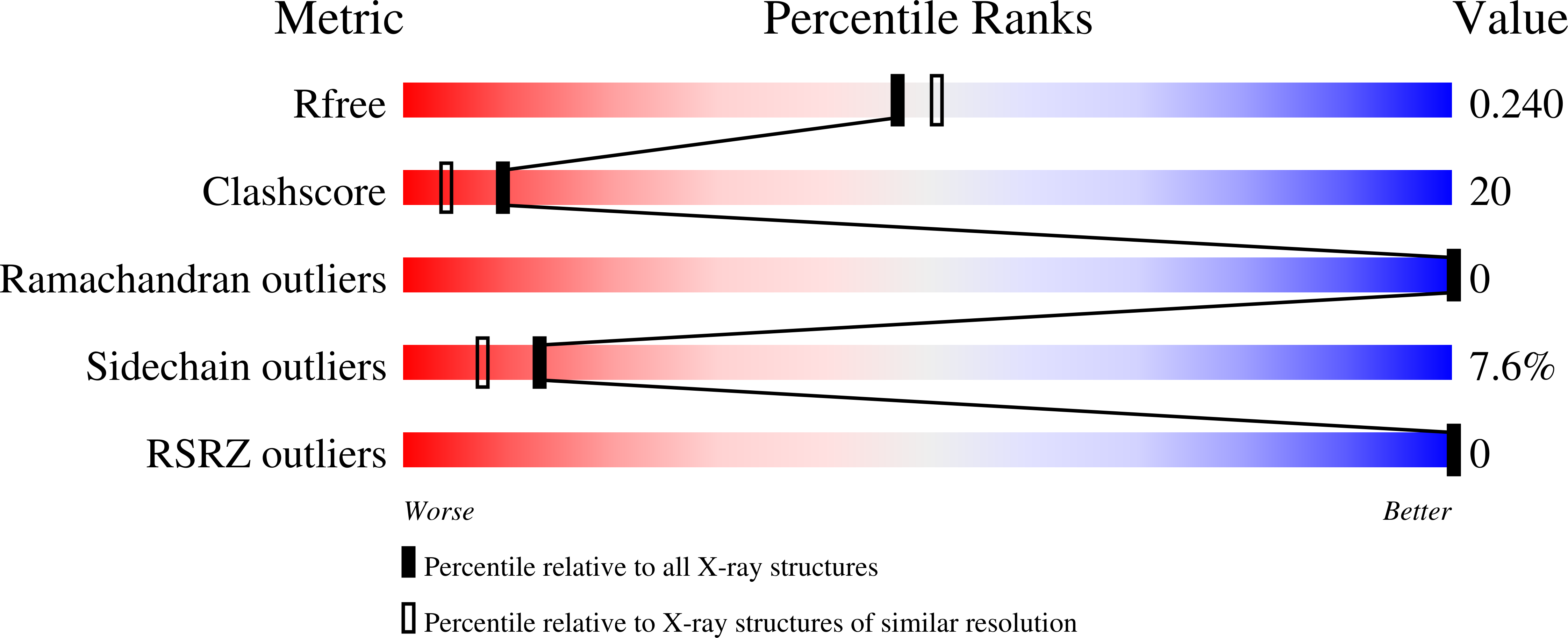
Deposition Date
2010-01-06
Release Date
2010-03-16
Last Version Date
2023-09-06
Entry Detail
PDB ID:
3LAI
Keywords:
Title:
Structural insights into the molecular mechanism of H-NOX activation
Biological Source:
Source Organism:
Thermoanaerobacter tengcongensis (Taxon ID: 119072)
Host Organism:
Method Details:
Experimental Method:
Resolution:
2.14 Å
R-Value Free:
0.24
R-Value Work:
0.22
R-Value Observed:
0.22
Space Group:
P 21 21 21


